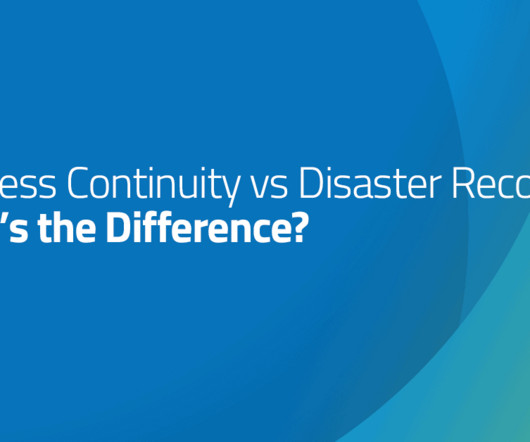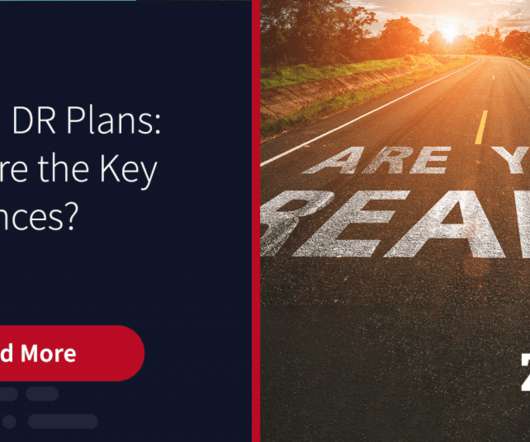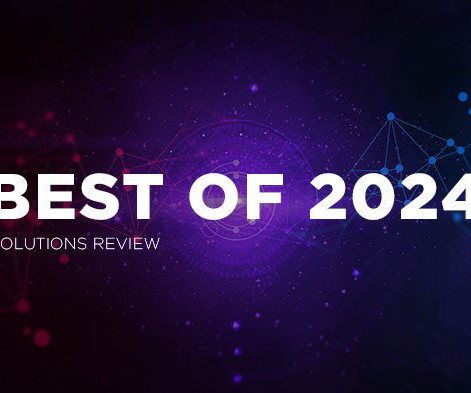Business Continuity vs Disaster Recovery: What’s the Difference?
NexusTek
MAY 15, 2023
With a business continuity plan and disaster recovery solutions, however, businesses can minimize their risk of experiencing downtime and data loss due to a disaster or other crisis event. The terms “business continuity plan” and “disaster recovery” are often used interchangeably, but they do represent distinct processes and solutions.












Let's personalize your content